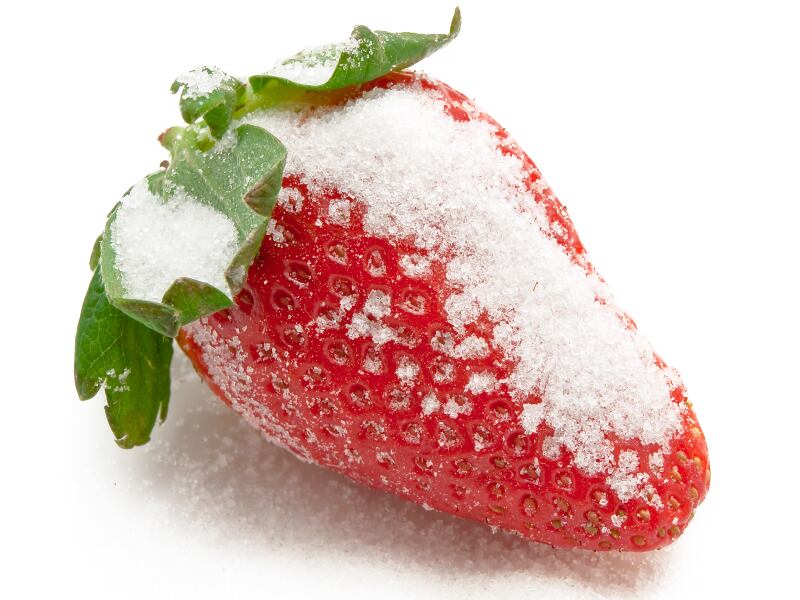The findings are the result of work carried out on fruit flies. Here, researchers discovered the existence of a single cell located in the flies’ main taste organ that was able to distinguish food texture.
This neuron was found to contain a transmembrane channel-like (TMC) protein located on the cell surface. This protein in flies is similar to a human TMC protein that is important for hearing.
The researchers think that TMC may be a crucial component of a mechanosensor that exists in flies and humans for taste and hearing respectively.
Appeal of food texture

Food texture is a huge influence on food preferences. While receptor proteins that detect the chemical composition of food have been identified, the specific cells and relevant molecules responsible for sensing the physical properties of food like texture remain unclear.
Unravelling the mechanisms of action responsible for texture and taste in humans may provide food manufacturers with new ways to produce food that is more appealing or nutritious.
In addition the possibility of enhancing the sweet, bitter, salty and sour qualities of food - without adding extra sugar or salt - might be possible.
“This work raises the possibility that one or more members of the human TMC protein family might be expressed in the human tongue and function in the sensation of food texture,” said lead author Craig Montell, biologist at the University of California.
Fruit fly studies
The experiment explored how the viscosity of liquid food influenced feeding behaviour using a chemical called hydroxypropyl cellulose (HPC). The chemical was ideal as it was able to cause a change in food viscosity without modifying intrinsic food taste.

Montell and his team discovered that when the bristles on the end of the flies' taste organ come in contact with this chemical they bent, and did so in proportion to the hardness of the substrate composition (sucrose).
This then activated the neuron on a scale according to the degree of texture of the sucrose. The bristles are located on the outside of the flies' taste organ allowing the insects to assess food texture before eating the food.
Additional analysis revealed the existence of the TMC protein where it was required for sensing the two key textural features of food—hardness and viscosity.
“We demonstrate that the attraction of wild-type flies to the same concentration of sucrose is altered by the viscosity or hardness of the food,” the study said.
The study explained that if the sucrose-containing substrate was too sticky, soft or hard, the appeal of the food decreased. These findings place the Drosophila flies' taste system as a model for further research into the cellular and molecular mechanisms that allow an animal to sense food texture.
“Small differences in the human equivalent of fly TMC might account for differences in the sensation of food texture among different people,” said Montell.
“While TMCs are candidate mechanosensors, they may not be acting alone,” he added.
Source: Neuron
Published online ahead of print, doi:10.1016/j.neuron.2016.07.013
“The Basis of Food Texture Sensation in Drosophila.”
Authors: Craig Montell et al.
